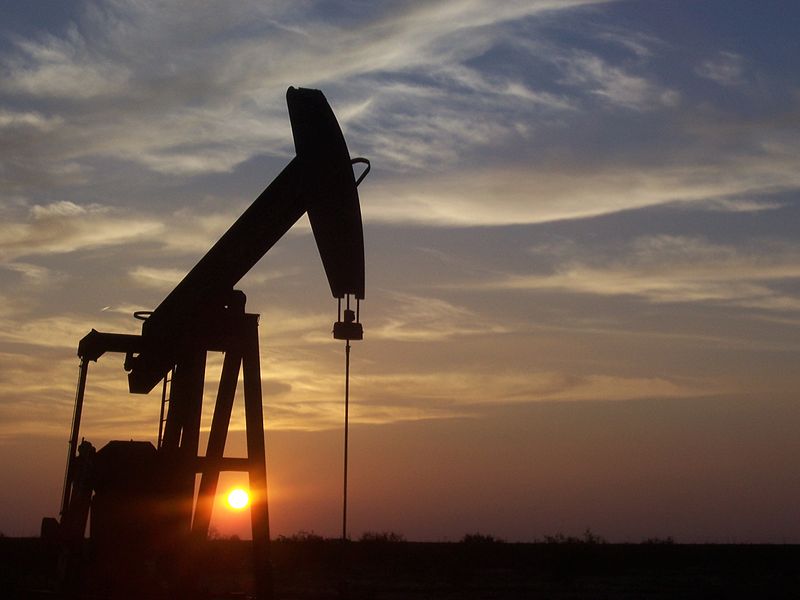This post originally appeared in the Midland Reporter Telegram.
 Nowhere is the current energy boom more apparent than in Midland, Texas. But with this dramatic growth in oil and gas also comes a growing amount of wastewater. Texas oil and gas companies alone produce over 300 billion gallons of wastewater a year, twice as much as any other state, and that volume is expected to increase. This is no ordinary water. In addition to the chemicals used in the hydraulic fracturing process, it can contain radioactive materials and a number of naturally occurring pollutants – including high concentrations of salt that can kill plants and ruin soil for decades if not handled properly.
Nowhere is the current energy boom more apparent than in Midland, Texas. But with this dramatic growth in oil and gas also comes a growing amount of wastewater. Texas oil and gas companies alone produce over 300 billion gallons of wastewater a year, twice as much as any other state, and that volume is expected to increase. This is no ordinary water. In addition to the chemicals used in the hydraulic fracturing process, it can contain radioactive materials and a number of naturally occurring pollutants – including high concentrations of salt that can kill plants and ruin soil for decades if not handled properly.
Most of the time, companies dispose of wastewater by reinjecting it deep underground. This is a cost-effective and largely environmentally sound solution. However, there is growing concern that this option may be less available or more costly in coming years due to a range of challenges from earthquakes to capacity. This, paired with growing demands for water, particularly in drought-stricken regions, is driving companies and policymakers to look at new options for disposing or reusing industry’s wastewater.
These newer options – while promising – are not without their own sets of risks.
For example, many companies are treating their wastewater for re-use in future hydraulic fracturing operations. This type of recycling can limit the amount of freshwater companies use for oil and gas production, but it also means more volumes of wastewater moving from wellsite to wellsite – increasing the risks of spills and leaks. We know the risk is real given tragic examples in Texas and across the country where farm and ranch land has been severely damaged due to wastewater leaks and spillage.
Some oil and gas companies, as well as regulators, are also considering new ways to repurpose or dispose of wastewater outside the oilfield. Some advocate for treating and reintroducing the water into ecosystems, while others are touting the idea of reuse for agriculture and irrigation.
In the immediate future, the Permian Basin needs a large number of new disposal wells; partly due to the fact that even with recycling within the oilfield, there will be more wastewater than current infrastructure can handle. As for new reuse options – there’s absolutely no question that farmers, ranchers and communities need to have consistent access to good, clean water – and that can be a challenge as we face increasing drought. But it serves no one’s interest to rush toward a solution we don’t fully understand. Otherwise, we risk creating more problems than we solve.
West Texas is accustomed to booms and busts in the oilfield and the consequences these cycles can have on communities. But the looming wastewater management challenge on the horizon in the Permian is unlike any test we’ve seen previously. Natural ebbs and flows of activity and economies can be overcome, but a ‘bust’ in wastewater management could have devastating and irreversible long-term consequences for the communities of West Texas if handled improperly.
That’s why solutions that may protect industry’s bottom line must also protect human health, safety, and the environment. We’re all going to have to work together to make sure that happens.
Image source: Eric Kounce, Wikimedia









